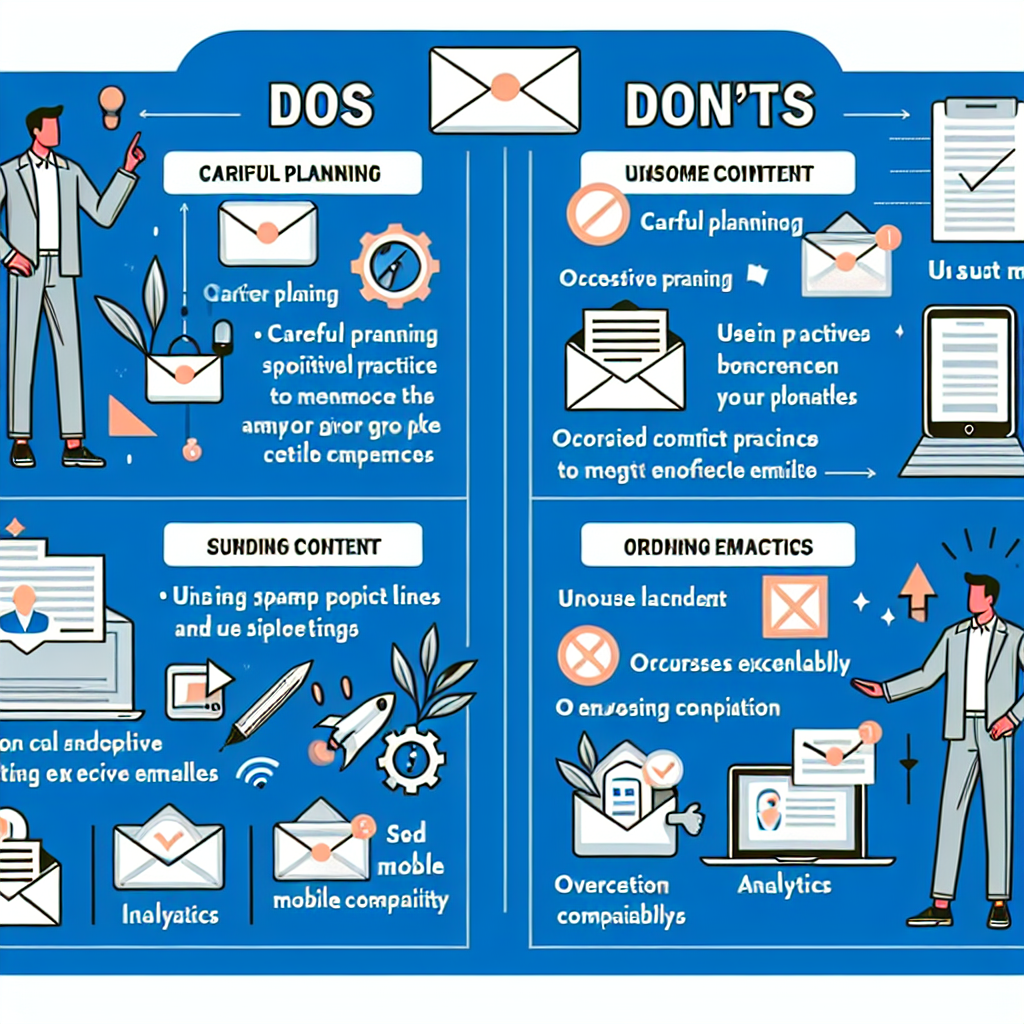The Science Behind High Conversion Rates
In the competitive world of digital marketing, achieving high conversion rates can be the difference between a thriving business and one that struggles to stay afloat. Understanding the science behind high conversion rates can provide valuable insights that help businesses optimize their strategies. In this blog post, we will delve into the various factors that influence conversion rates, backed by statistics and actionable tips.
Understanding Conversion Rates
Conversion rates are a critical metric in digital marketing. They indicate the percentage of users who take a desired action after interacting with your content. This could be anything from making a purchase, signing up for a newsletter, or downloading an eBook. The formula for calculating conversion rates is straightforward:
Conversion Rate = (Number of Conversions / Total Visitors) * 100
For example, if your website has 10,000 visitors in a month and 500 of them complete a purchase, your conversion rate is 5%. While this might seem simple, the factors that influence conversion rates are complex and multifaceted.
The Role of User Experience (UX) in Conversion Rates
One of the most significant factors that influence conversion rates is the user experience (UX). A positive UX can significantly boost your conversion rates, while a poor UX can drive potential customers away. Here are some key aspects of UX that impact conversion rates:
Website Speed
Website speed is crucial in retaining visitors and encouraging them to convert. According to Google, as page load time goes from one second to ten seconds, the probability of a mobile site visitor bouncing increases by 123%. Therefore, optimizing your website speed is essential for high conversion rates.
Mobile Optimization
With more people accessing websites via mobile devices, it is imperative to have a mobile-optimized website. A Statista report indicates that in 2021, mobile devices accounted for approximately 54.8% of global website traffic. Ensuring that your website is mobile-friendly can significantly improve your conversion rates.
Navigation and Layout
An intuitive navigation structure and a clean layout can enhance the user experience, making it easier for visitors to find what they are looking for. A study by HubSpot suggests that 76% of consumers say the most important factor in a website’s design is its ease of use.
The Importance of Trust and Credibility
Building trust and credibility with your audience is crucial for high conversion rates. Here are some strategies to enhance trust and credibility:
Social Proof
Social proof, such as customer testimonials, case studies, and reviews, can significantly impact conversion rates. According to BrightLocal, 91% of consumers trust online reviews as much as personal recommendations. Incorporating social proof into your website can build trust and encourage conversions.
Security Features
Ensuring your website is secure is vital for building trust. Features such as SSL certificates, secure payment gateways, and privacy policies can reassure visitors that their data is safe. A survey by Verisign found that 85% of consumers avoid unsecured websites.
Transparency
Being transparent about your products, services, and policies can build credibility. Clear information about pricing, shipping, and return policies can reduce friction and increase conversions. Transparency helps manage customer expectations and fosters trust.
The Power of Persuasive Copywriting
Effective copywriting can significantly impact conversion rates. Here are some tips for crafting persuasive copy:
Compelling Headlines
Headlines are the first thing visitors see, and they can make or break your conversion rates. A study by CoSchedule found that 80% of people read headlines, but only 20% read the rest of the content. Crafting compelling headlines that grab attention and convey value is essential.
Clear Call-to-Actions (CTAs)
CTAs guide visitors towards the desired action. Effective CTAs are clear, concise, and compelling. Using action-oriented language and creating a sense of urgency can boost conversion rates. For example, “Buy Now” or “Sign Up Today” are more effective than generic CTAs like “Submit.”
Benefit-Driven Copy
Focusing on the benefits rather than the features of your product or service can make your copy more persuasive. Highlight how your offering can solve a problem or improve the lives of your customers. This approach resonates more with potential customers and can drive higher conversions.
Leveraging Data and Analytics
Data and analytics play a crucial role in understanding and improving conversion rates. Here are some ways to leverage data effectively:
A/B Testing
A/B testing involves comparing two versions of a webpage or element to see which one performs better. By testing different headlines, images, CTAs, and layouts, you can identify what resonates best with your audience. According to VWO, businesses that use A/B testing see an average conversion rate improvement of 49%.
Heatmaps
Heatmaps provide a visual representation of where users click, scroll, and spend the most time on your website. Tools like Hotjar and Crazy Egg can help you understand user behavior and identify areas for improvement. By analyzing heatmaps, you can make data-driven decisions to enhance the user experience and boost conversions.
Customer Feedback
Collecting and analyzing customer feedback can provide valuable insights into what drives or hinders conversions. Surveys, reviews, and direct feedback can reveal pain points and areas for improvement. By addressing customer concerns and preferences, you can optimize your website and increase conversion rates.
Conclusion
Achieving high conversion rates requires a deep understanding of the various factors that influence user behavior. By focusing on user experience, building trust and credibility, crafting persuasive copy, and leveraging data and analytics, you can optimize your strategies to boost conversions. Implementing these actionable tips can help you create a compelling and effective online presence that drives results.


